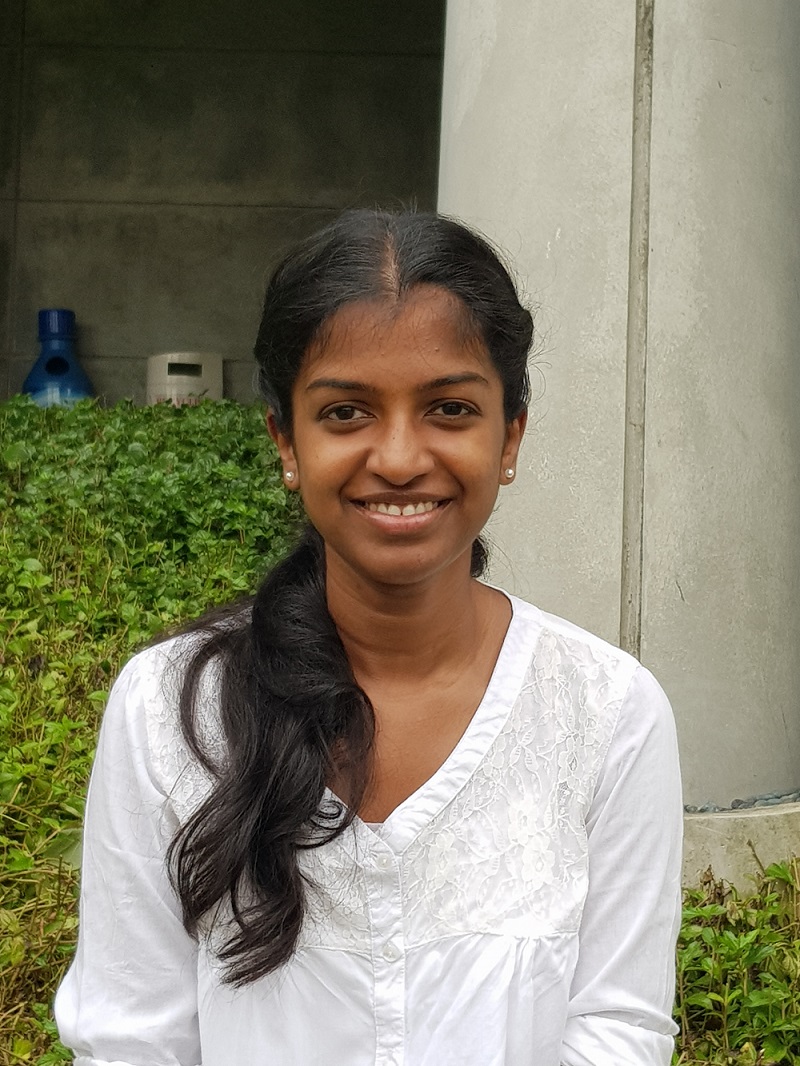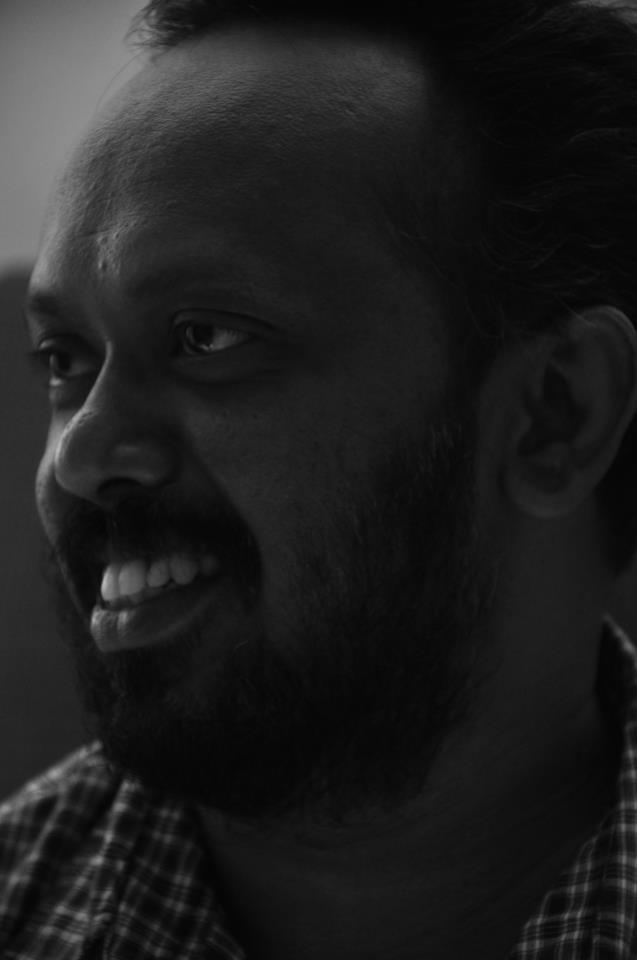Adhvaidha K

Pariyerum Perumal is a recently released Tamil movie directed by Mari Selvaraj and produced by director Pa. Ranjith’s Neelam Productions. The film by upholding anti-caste politics and Ambedkarite ideology was well-received by Tamil audience. After a long wait, I went onto watch the film but ended up being disappointed, as I felt, the film must have been louder enough to speak for the cause that it took up. The film is about Pariyerum Perumal (Pariyan), a dalit youngster who joins Tirunelveli Government Law College aspiring to become an advocate, and the subsequent caste discrimination he faces in the campus and village.
Pariyan’s character was definitely built well in a few scenes where his initial struggles as a law college student were shown. Pariyan doesn’t fail to raise in the classroom whenever ‘English’ prevents him from accessing what is being said by the professors. The point where he says, “I did not mean the doctor who treats with an injection, but I meant that I want to become Dr. Ambedkar”; the scene where he introduces himself as ‘Pariyerum Perumal, B.A, BL’, with a line on top (B.A, BL) on the first day of college; the scene where the female protagonist Jo, tells him that Law college books are also available in Tamil, to which Pariyan responds by saying, “That is more than enough for me! Now I can even teach others”; and the scene where he fights back by proving to the humiliating English professor (who calls Pariyan ‘a quota hen that lays eggs’), that just like Pariyan himself, everyone in the class pretends to understand what is being taught, as everyone has their own battles with English, project Pariyan with a strong personality.
Through these scenes, one can see that Pariyan is not just an ambitious student, but also a leader and a representative of the entire student community from a rural background. The song, ‘Vanakkam Vanakkamunga’ did a remarkable job by picturizing what are ideally the ‘real scenes’ of a village. The song not just captures the cultural vibrancy of a village but also ‘dirt and dust filled scenes’ showing the life of a dalit college student and his fellow community in a remote village and it becomes a slapping answer to the urban upper caste question – ‘Do dalits still lead a miserable lifestyle, aren’t they in better positions?’.
The above-mentioned scenes are very important scenes in the film but Pariyerum Perumal eventually loses its power. Pariyan’s classmate and good friend, Jothi Mahalakshmi (Jo) who belongs to a dominant caste, develops love for Pariyan and invites only him for her sister’s marriage. Pariyan starts facing problems from this point. He is beaten up, humiliated and threatened by Jo’s father and relatives in the wedding ceremony. This incident doesn’t reach Jo (till the end of the film!). Pariyan, after this incident, is shown to often burst out in an emotional manner. In the college campus, he faces many problems through Jo’s brother who is also their classmate. Pariyan is shown as an individual shouting out to the world questioning his own identity (Na Yaaru? meaning, Who am I?) in a helpless manner. Pariyan’s experiences of caste faced only by him in isolation and his reactions towards it puts his peers in confusion. But the manner in which his reactions are shown (like the fierce outburst of breaking the furniture) as a lone helpless man isolates him and his issues another time. The film often shows the existence of Ambedakrite and communist student political groups within the campus, but the fact that Pariyan doesn’t seem to be taking their support to address his issues individualizes his issues. Pariyan’s college principal who is also a dalit, understands the problems he had undergone and advises him to fight back, as he feels ‘It would be better to die while hitting back and fighting dominant forces but not by committing suicide’. Though this point made by the principal promotes a powerful sense of resistance that every dalit and all oppressed people should have if we place it in the context of the whole film it loses its meaning. Pa. Ranjith’s Kaala was also a daring fighter who killed his oppressor but he was shown as a person who fights back with emotions packed with rationality.
Pariyerum Perumal often victimises Pariyan, his issues, and his father. Pariyan’s father who is a folk performer performs by dressing up as a woman. He often faces discrimination and insults from the people of the village. His clothes are stripped off and he gets insulted by Pariyan’s dominant caste classmates when he comes to the law college campus. The humiliation faced by Pariyan’s father is shown in an elaborate manner which eventually victimises him but doesn’t really speak about it as a result of caste or gender. The audience watching this scene will only develop sympathy which will not last even till the end of the film.
As the film proceeds towards the end, Pariyan is shown to fight with the dominant caste oppressors. The old man who was sent to kill him was known for murdering people under dark, in the name of protecting his caste. The old man fails to kill Pariyan, commits suicide, as he is unable to tolerate his own incapability that led to the dishonour of his caste. Though he as a perpetrator of caste dies, his death reinforces casteism. After Pariyan defeats the men who attempt to kill him, he speaks with Jo’s father who had sent them, by saying that he already won or destroyed caste, as he never revealed all these brutalities to Jo which is why she still loves her father. Pariyan is putting sense into the casteist mind of Jo’s father who had attempted to kill him. Pariyan’s anger filled speech changes Jo’s father’s mindset and he brings Jo’s brother along with him to the campus in order to reconcile with Pariyan in a ‘peaceful manner’ in the next scene. This scene remains too far from reality. When Jo’s father asks Pariyan why he didn’t have the same feeling for Jo, Pariyan responds saying that even before he could understand the feelings that he developed for Jo he was constantly beaten up like a dog. This submissive response is something that would satisfy the upper caste and middle caste audience.
I would contend that this film would have stood in a better manner without the character called Jo, as Pariyan did not aspire for a future with her as a partner but he was always shown to be aspiring to become an advocate to break himself and his community from the shackles of caste. But the emphasis placed on Jo added to the weak conceptual building of the film. Jo, who shows extreme affection to Pariyan, remains totally ignorant of the brutalities of caste faced by him. She is shown as an innocent and pure ‘angel’ (that is what Pariyan calls her!) who is a mediator between Pariyan and Jo’s father. I feel she is rightly called as an angel in this film, as a non-existent angel can never understand caste as a reality.
Mari Selvaraj, being a dalit director, got a welcoming response from the mainstream audience, directors, and politicians for this film which is mainly based on anti-caste politics. This is a rare form of response from the Tamil society that is quite careful in interpreting anti-caste politics in order to stay away from the blame that it might often have to bear. The people to whom Pariyerum Perumal was appealing were also the ones who couldn’t tolerate Pa. Ranjith’s Madras, Kabali and Kaala. Pariyerum Perumal compromises at various levels to get acceptance from Tamil society.
~~~
Adhvaidha K did her Bachelor of Knitwear Design from NIFT, Chennai and her masters from School of Media and Cultural Studies in TISS,Mumbai. She is currently a 2nd year PhD student in NUS, Singapore.
Image Courtesy: Pariyerum Perumal, film poster taken from Times of India, Sep 4, 2018.








